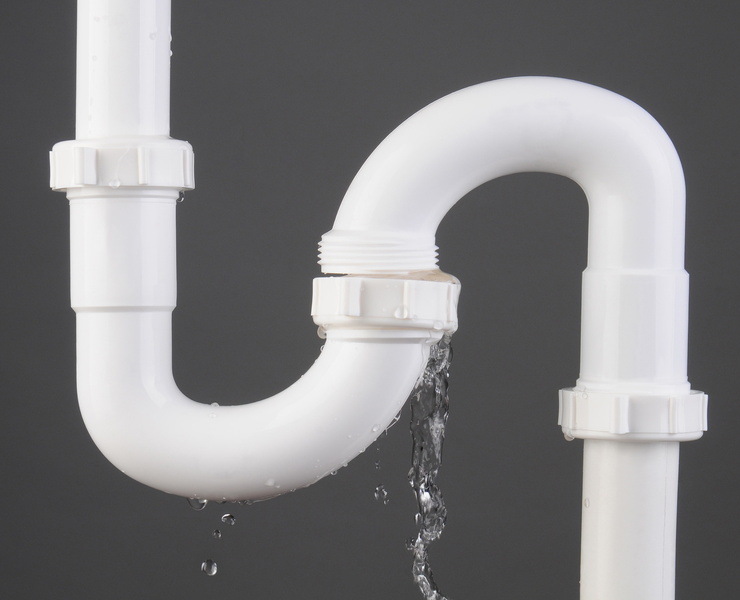Exactly how to Locate and Repair Work Water Leaks-- A Comprehensive Guide
Exactly how to Locate and Repair Work Water Leaks-- A Comprehensive Guide
Blog Article
We've discovered this post involving Top leak detection hacks directly below on the internet and felt it made sense to relate it with you here.

Early discovery of leaking water lines can mitigate a prospective disaster. Aside from saving you cash, it will lessen the worry and also disappointment. The minute you find a leakage, calling your plumber for fixings is the most effective service. Some tiny water leakages may not be visible. Below are some hacks that aid if you can not discover it with your nude eyes.
1. Check Out the Water Meter
Every house has a water meter. Checking it is a surefire manner in which aids you find leaks. For starters, turn off all the water resources. Make sure no person will purge, use the faucet, shower, run the washing equipment or dishwasher. From there, go to the meter as well as watch if it will certainly transform. Considering that no one is utilizing it, there ought to be no movements. That suggests a fast-moving leak if it relocates. If you discover no changes, wait a hr or 2 and also inspect back once more. This means you may have a sluggish leakage that could even be underground.
2. Examine Water Usage
Analyze your water costs and also track your water consumption. As the one paying it, you should observe if there are any kind of disparities. If you find sudden changes, despite your consumption being the same, it suggests that you have leaks in your plumbing system. Remember, your water bill ought to fall under the same range on a monthly basis. A sudden spike in your bill suggests a fast-moving leak.
On the other hand, a constant boost on a monthly basis, even with the same behaviors, reveals you have a slow-moving leakage that's also gradually intensifying. Call a plumber to completely examine your building, especially if you really feel a cozy location on your flooring with piping underneath.
3. Do a Food Coloring Test
30% comes from commodes when it comes to water intake. Examination to see if they are running correctly. Decrease specks of food shade in the storage tank as well as wait 10 mins. If the color in some way infiltrates your bowl during that time without flushing, there's a leakage in between the storage tank and bowl.
4. Asses Exterior Lines
Don't fail to remember to check your outside water lines as well. Must water seep out of the link, you have a loosened rubber gasket. One small leak can squander bunches of water as well as spike your water costs.
5. Check and also Analyze the Scenario
Home owners need to make it a habit to examine under the sink counters and even inside cabinets for any bad odor or mold development. These two warnings indicate a leakage so prompt focus is required. Doing routine examinations, even bi-annually, can save you from a major issue.
If you recognize your home is currently old, maintain a watchful eye on your heating systems, pipes, pipelines and so on. Look for discolorations and also weakening as the majority of pipes and home appliances have a life span. They will certainly likewise normally weaken as a result of wear and tear. Don't wait for it to rise if you think dripping water lines in your plumbing system. Call a specialist plumber as soon as possible so you do not end up with a dreadful mess in your home.
Early discovery of leaking water lines can reduce a potential calamity. Some little water leaks might not be noticeable. Checking it is a proven means that aids you uncover leaks. One small leakage can squander lots of water as well as increase your water costs.
If you think dripping water lines in your plumbing system, don't wait for it to intensify.
WARNING SIGNS OF WATER LEAKAGE BEHIND THE WALL
PERSISTENT MUSTY ODORS
As water slowly drips from a leaky pipe inside the wall, flooring and sheetrock stay damp and develop an odor similar to wet cardboard. It generates a musty smell that can help you find hidden leaks.
MOLD IN UNUSUAL AREAS
Mold usually grows in wet areas like kitchens, baths and laundry rooms. If you spot the stuff on walls or baseboards in other rooms of the house, it’s a good indicator of undetected water leaks.
STAINS THAT GROW
When mold thrives around a leaky pipe, it sometimes takes hold on the inside surface of the affected wall. A growing stain on otherwise clean sheetrock is often your sign of a hidden plumbing problem.
PEELING OR BUBBLING WALLPAPER / PAINT
This clue is easy to miss in rooms that don’t get much use. When you see wallpaper separating along seams or paint bubbling or flaking off the wall, blame sheetrock that stays wet because of an undetected leak.
BUCKLED CEILINGS AND STAINED FLOORS
If ceilings or floors in bathrooms, kitchens or laundry areas develop structural problems, don’t rule out constant damp inside the walls. Wet sheetrock can affect adjacent framing, flooring and ceilings.
https://www.servicemasterbyzaba.com/blog/how-to-detect-water-leakage-in-walls/

Do you like more info about Finding hidden leaks? Create a review further down. We'd be pleased to listen to your views about this blog. Hoping that you come back again soon. Enjoyed our post? Please share it. Help somebody else locate it. Thanks for your time. Visit us again soon.
Report this page